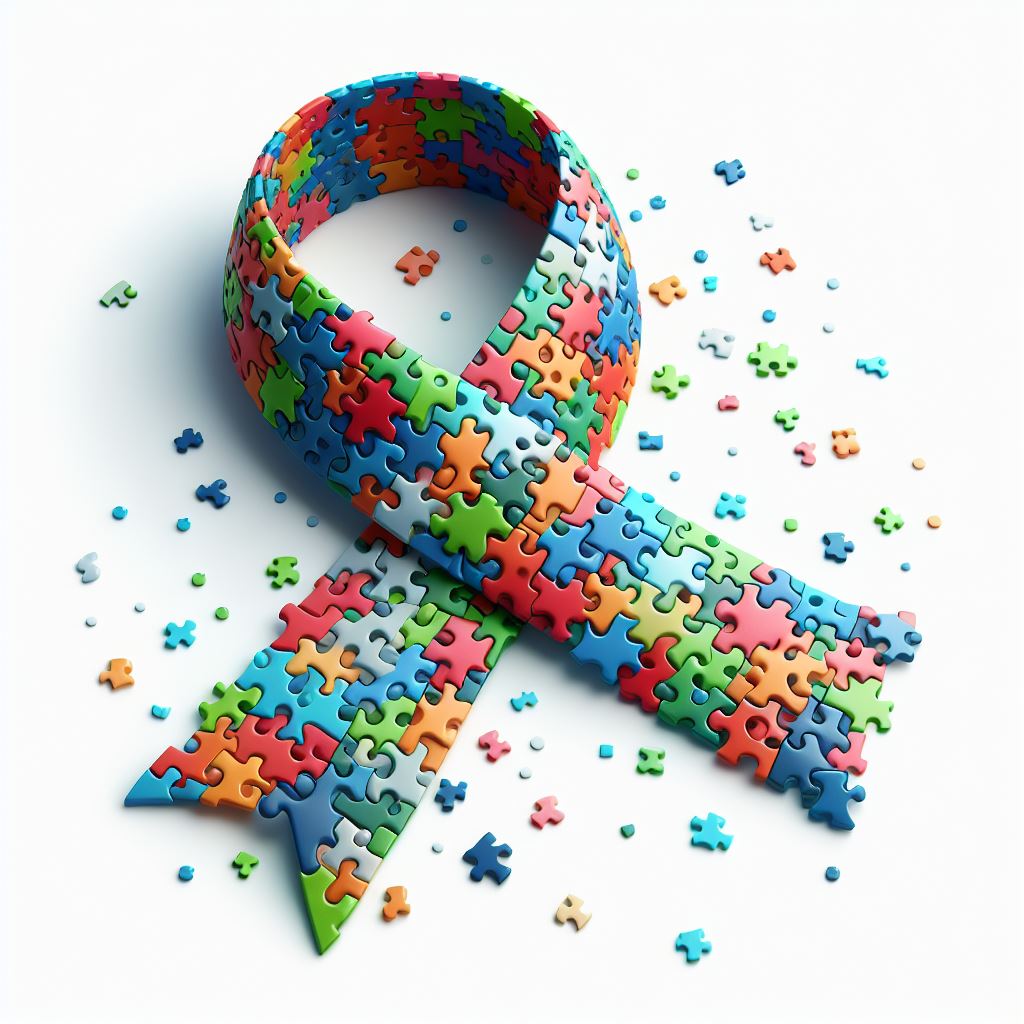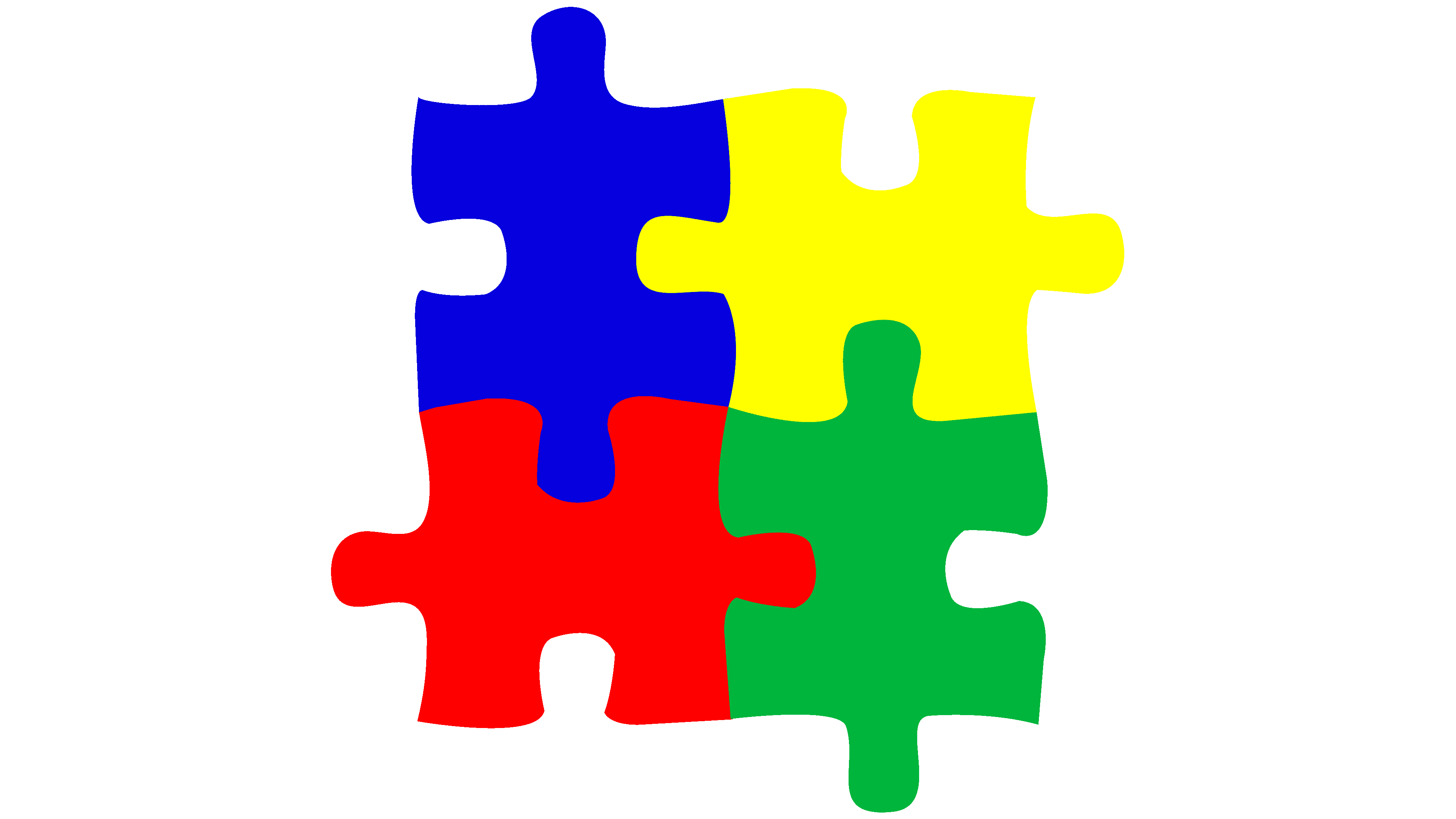Autism and Sensory Processing: Exploring the Link and Its Results
Autism and Sensory Processing: Exploring the Link and Its Results
Blog Article
Checking Out Autism: Strategies for Effective Interaction and Communication
Reliable interaction and communication with people on the autism spectrum require a detailed understanding of their one-of-a-kind needs and preferences. Techniques such as using clear language, using aesthetic assistances, and cultivating regular routines can substantially boost interaction and lower stress and anxiety. Recognizing the relevance of non-verbal signs and shared passions leads the means for significant connections. Nonetheless, the intricacies of these approaches reveal more factors to consider that warrant expedition, particularly in how they can be adapted to diverse contexts and specific experiences. What might these adaptations appear like in practice?
Understanding Autism Spectrum Disorder
Autism Spectrum Condition (ASD) includes a series of neurodevelopmental conditions identified by obstacles in social communication, interaction, and recurring actions. The term "range" reflects the varied indications and differing degrees of seriousness experienced by people with ASD. While some may show significant problems, others might present high-functioning attributes, permitting for better freedom in every day life.
The beginning of ASD normally happens in early childhood, with signs often recognizable by age 2. Early indications might consist of delayed speech growth, minimal eye get in touch with, and problems in comprehending social hints. Although the exact etiology of ASD remains unclear, research study suggests a mix of genetic and environmental factors plays a critical duty in its growth.
As a result, treatments and support tailored to specific needs are vital for cultivating communication and social skills. Identifying the complexity of ASD is important for advertising recognition, acceptance, and efficient methods that promote significant interactions with people on the range.

Significance of Clear Communication
Effective interaction is crucial for fostering understanding and link, specifically for individuals with Autism Spectrum Problem (ASD) Clear communication not just promotes social interactions but additionally improves the individual's capability to share their requirements, emotions, and ideas. For individuals with ASD, the subtleties of language can commonly be challenging; consequently, utilizing unambiguous and simple language is important.
In addition, clear communication helps in reducing frustration and stress and anxiety that may develop from misunderstandings. When messages are communicated in a regular and direct way, individuals with ASD are better outfitted to interpret details accurately, which can substantially enhance their social interaction and engagement in various setups.
Developing routines and utilizing aesthetic supports can even more strengthen clear communication. These methods give people with predictable structures that help understanding and retention of details. In addition, actively paying attention and being patient during interactions promotes an encouraging environment where individuals with ASD really feel valued and understood.
Inevitably, focusing on clear communication not only equips people with ASD but likewise fosters more significant links with their peers, caretakers, and the wider community, leading the means for comprehensive interactions and collective connections. - autism
Non-Verbal Interaction Strategies
Interaction extends beyond words, and for individuals with Autism Spectrum Disorder (ASD), non-verbal cues play a substantial duty in communications. Non-verbal interaction methods can consist of face expressions, motions, body language, and eye get in touch with, Source every one of which act as crucial elements for communicating intents and emotions.
Comprehending and translating these non-verbal signals can boost communications with people with ASD. A warm smile or open pose can produce a welcoming atmosphere, motivating engagement. Using aesthetic help-- such as photo cards or symbols-- can bridge communication gaps and aid share messages much more efficiently.
It is also vital to be conscious of personal area, as individuals with ASD might have different comfort degrees relating to proximity. Observing their responses to physical closeness can notify appropriate changes.

Developing Supportive Settings
Creating an encouraging setting is vital for promoting positive interactions and enhancing the well-being of people with Autism Range Disorder (ASD) Such settings can considerably decrease anxiety and create a sense of safety and security, permitting people to share themselves a lot more easily.
To accomplish this, it is crucial to take into consideration sensory sensitivities that individuals with ASD may experience. Changing the physical room to consist of soft lights, very little background sound, and comfy seating can develop a soothing atmosphere. Furthermore, using consistent routines and clear aesthetic timetables can aid people anticipate shifts and decrease unpredictability, additional promoting convenience.
Social rooms need to be structured to lessen frustrating stimulations while offering opportunities his response for involvement in favored activities. Helping with areas designated for peaceful time can also act as a sanctuary throughout minutes of stress and anxiety. Importantly, including elements of option equips individuals, allowing them to exercise company in their environment.

Motivating Social Communications
Promoting social interactions amongst people with Autism Range Disorder (ASD) needs intentional strategies that prioritize comfort and engagement. Establishing predictable routines can help in reducing anxiousness, making social setups extra friendly. Creating organized environments with defined duties and obligations permits individuals to engage without the frustrating pressure of unstructured social dynamics.
Including interests and staminas into social tasks can act as a stimulant for interaction. For instance, arranging team tasks around shared pastimes or subjects of attraction can help with natural conversations and links. Additionally, making use of visual supports, such as social manuscripts or photographic schedules, can help in recognizing social signs and expectations.
Designing suitable social behaviors is critical - autism. Peers and adults must demonstrate efficient communication strategies, including energetic listening and turn-taking. Role-playing situations can also give a risk-free room for individuals to exercise these abilities
Last but not least, promoting peer relationships via inclusive practices is important. Motivating inclusive playdates or group outings can produce chances for socialization in a comfortable setup. By applying these caregivers, teachers and strategies can substantially boost social interactions for people with ASD, advertising their overall social advancement and health.
Conclusion
In verdict, effective interaction and communication techniques are necessary for supporting individuals with Autism Spectrum Problem. Emphasizing clear language, integrating non-verbal cues, and developing foreseeable routines considerably improve involvement and reduce stress and anxiety. Producing helpful environments cultivates secure social interactions, while encouraging shared rate of interests promotes purposeful connections. Ultimately, these techniques equip people with autism to browse social landscapes, advertising their general health and allowing the advancement of look these up enduring connections.
Efficient interaction and communication with people on the autism spectrum demand an extensive understanding of their distinct requirements and choices. Clear communication not only assists in social interactions but also enhances the person's ability to reveal their ideas, requirements, and emotions.Promoting social interactions among individuals with Autism Spectrum Disorder (ASD) requires intentional approaches that focus on comfort and engagement. By applying these caretakers, approaches and educators can significantly improve social communications for people with ASD, promoting their general social growth and well-being.
In conclusion, efficient interaction and interaction methods are important for sustaining individuals with Autism Range Disorder.
Report this page